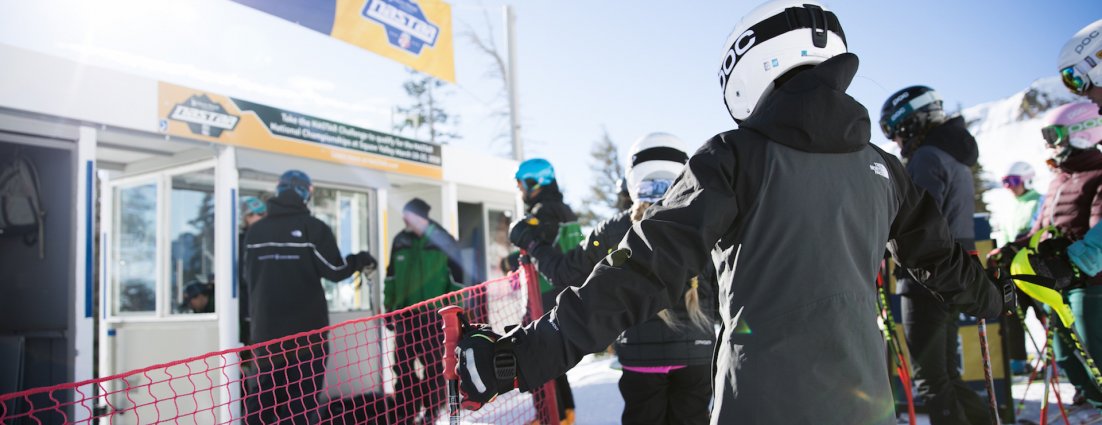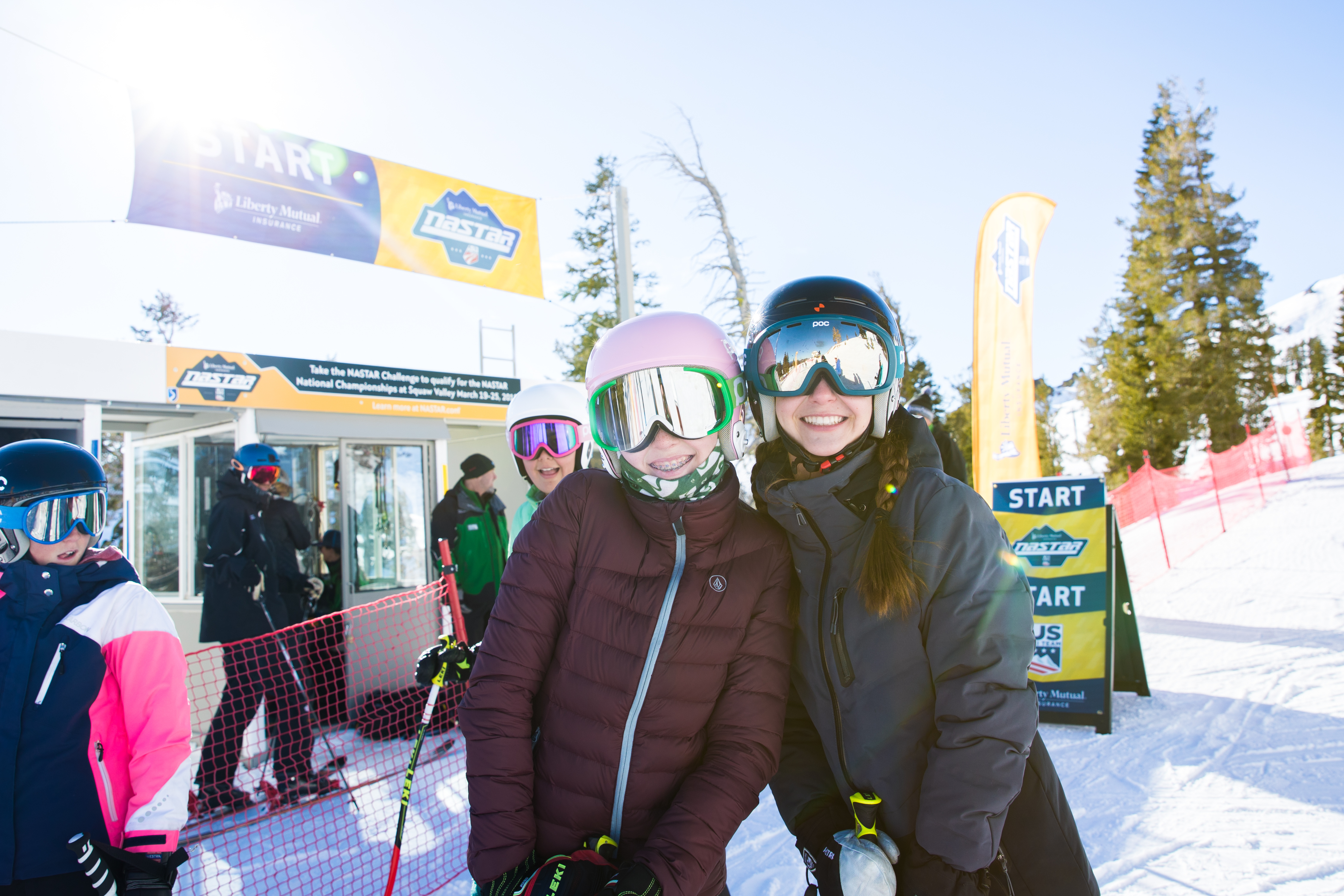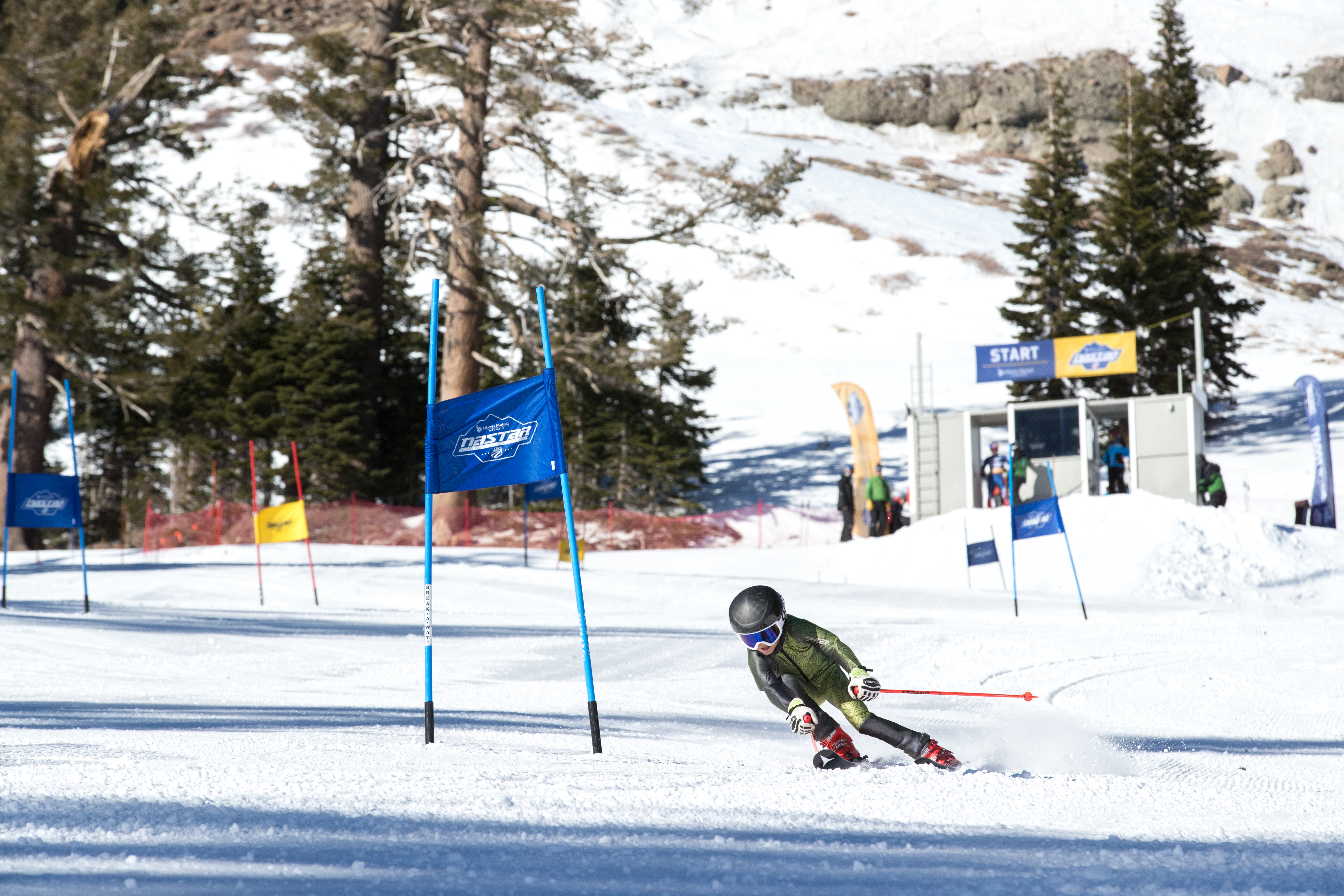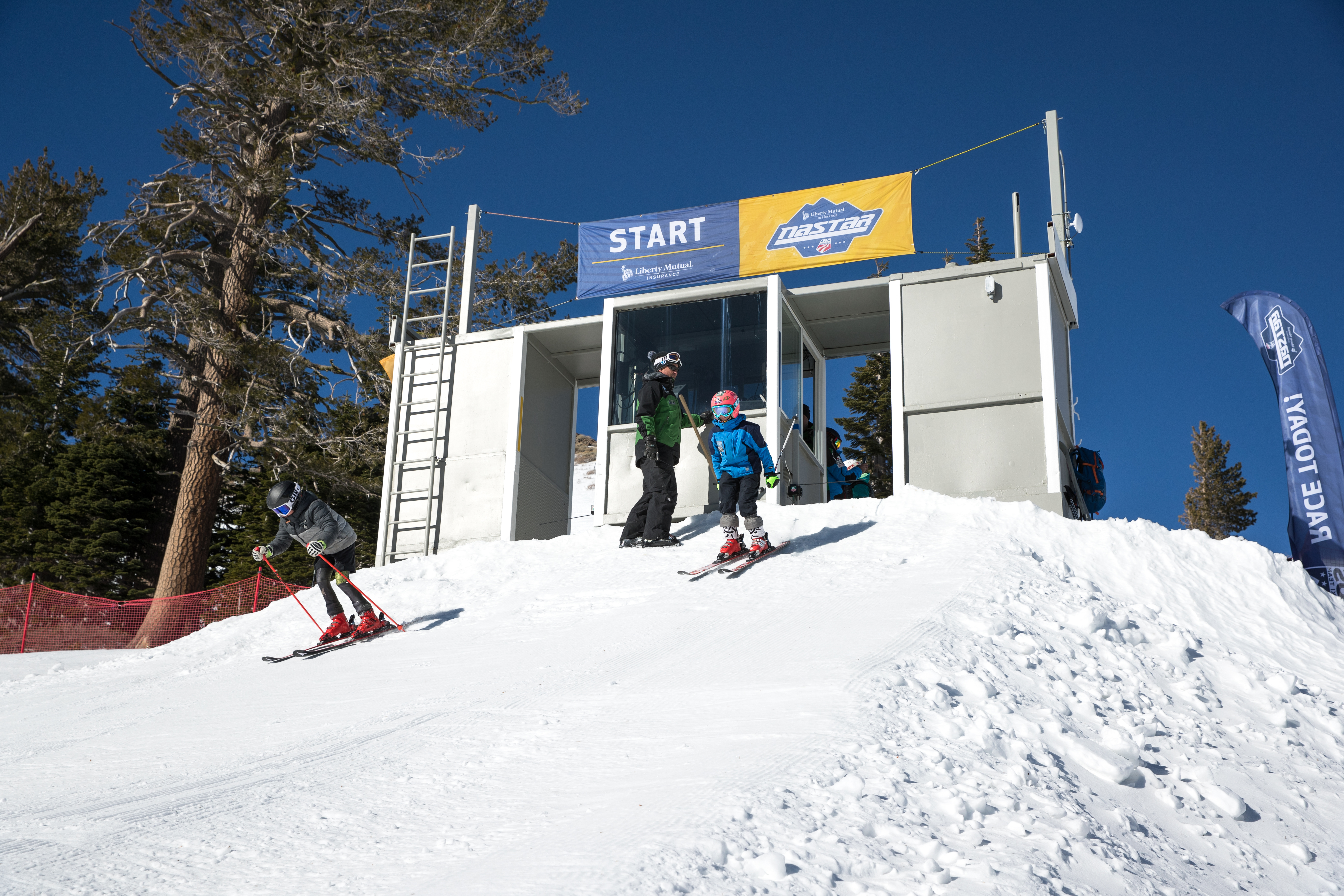Squaw Valley Mighty Mites World Cup
02.14.2018 | Megan Ganim

This season, Squaw Valley Alpine Meadows (SVAM) will host the Liberty Mutual Insurance NASTAR Nationals on NASTAR’s 50th year of existence. In the last couple of years, Squaw Valley has made a conscious effort to enhance their NASTAR program by thinking outside of the box. The slope they set their NASTAR run on is called ‘Ramp Run’ and will be the host to one of the courses at NASTAR Nationals (talk about a home hill advantage, eh?).
About three years ago, when Squaw began having hopes of hosting NASTAR Nationals, the staff from their team, Andy Wirth (President & COO) and Todd Kelly (Teams Program Director) along with NASTAR Coordinator, Jo Abott, began planning ways to allow NASTAR to gain traction, make it fun and get more athletes involved.
Naturally, one of the best parts of NASTAR for young athletes is that it’s a pathway to a competitive racing career. It’s also the perfect way to involve your entire family and enjoy the sport of racing without too much pressure or competition, unless that’s your forté of course. SVAM decided to start scoring their long-standing traditional race, the Squaw Valley Mighty Mites World Cup, using the NASTAR scoring system on Ramp Run. Not only that, the kids in the Mighty Mites program use the NASTAR course to train as a part of their developmental process.

“It’s a double duty,” explained Todd Kelly, Ski Team Program Director at Squaw. “They run the course but they also get to experience the excitement of earning medals daily and getting the chance to understand their own progression.”
The Mighty Mites program at Squaw involves kids from age five to ten years old and helps young skiers transform fundamental skills, learn what it means to be on a team and fall in love with the sport in a challenging and lively atmosphere. To be apart of the program, athletes and their families commit themselves to a three-part race series during the season called the Mighty Mites World Cup. Many families plan their entire season around the three races to make sure their kids have the opportunity to get hooked on racing.
Before using the NASTAR scoring system for the series, Squaw used the USSS software but now they can get out in the gates virtually any time they want and race against local athletes and National Pacesetters like Ted Ligety, Daron Rahlves and Marco Sullivan.

“There’s something about being in a race course and seeing your time at the bottom,” said Kelly. “It’s actually pretty cool, I get to watch that six year old who came down the course for their first time during the first race of the series. They cross the finish line and they’re mostly focused on wiping their boogers and they don’t even look at the scoreboard. Then by the second race, they’re almost crashing in the finish line twisting their necks to look at their score.”
The Mighty Mites are grouped with coaches using a color progression system and dependent on how they score in the Mighty Mites World Cup races, they are able to shift development groups. At each race, the athletes race one another within their coaching groups, adding a competitive element for the coaches to make sure their athletes try their hardest. After they complete their first run, the kids make another lap to the top and try again for a second time.
Many Mighty Mite athletes purchase a season pass with NASTAR allowing them to race unlimited runs even when they’re not with their teams skiing, something Squaw recently began offering this season.

The SVAM Mighty Mites program is made up of close to 500 kids, all of which will have the opportunity to qualify to race at Nationals on their home hill this March.
“If there’s anything I can do to promote ski racing and get more people involved, we’ll do it,” said Jo Abott, SVAM NASTAR Coordinator. “We’d like to be the number one NASTAR resort in the nation and triple our numbers. There’s a lot of excitement surrounding NASTAR and people tell their friends and from there, we’ve watched the program grow on its own. We’re pretty excited about it.”